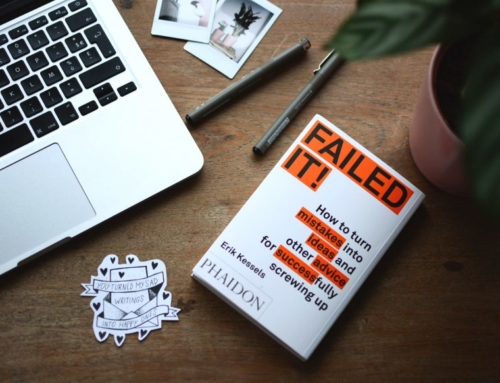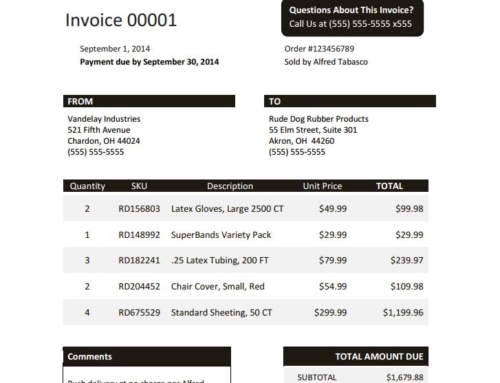The goal of an AR collection letter (or email) is two-fold. You want to inform your customer of the current status of their invoice, and you want to get them to take some kind of action- to pay you. It seems simple enough, but writing an AR collection letter that actually does both of those things successfully is a lot easier said than done. Characteristically, writing a great collection letter that actually gets results where the customer takes action essentially involves six elements.
CLEAR, CONCISE LANGUAGE
The recipient of your letter is not going to spend a lot of time reading it, so you want to get right to the point- in the end your letter needs to tell them what is due, when is it due, how can they pay, and who they can contact with questions.
Use short sentences and speak in clear English as opposed to accounting jargon. Not all people who are responsible for paying invoices are accounting professionals. For example, instead of talking about the payment agreement with accounting jargon such as, “Net 30” just say “due in 30 days.”
ACCURATE INFORMATION
While keeping your AR letter concise, you must also make sure the customer has everything they need to pay the invoice in question, such as:
- Item(s)/services purchased
- Amount due
- Invoice sent on
- Invoice due date
- Agreed upon terms
- Days past due
EXPECTATIONS
When do you expect results from the customer? Be careful here to use dates, not ranges of time. For example, do not say the customer needs to send a check “in the next seven business days,” use a date instead, “by March 15,2015.” Customers will wonder if the next “7 days” includes non-business days or they may miscount. Using an exact date completely skips all the confusion.
INSTRUCTIONS
What does the customer need to do? Do they need to call you with a credit card number, send a check or pay online? The customer’s AP department has plenty to do, the easier you make this for them the more likely they are to follow your instructions and pay the invoice. Be sure to include the phone number and extension if you are asking them to call, or where exactly to send the check or where they need to go online to submit payment.
INCENTIVE
Your customer has other invoices they need to pay, why should they pay yours first? You may want to consider a small discount for early payment or even a late fee for customers that go beyond terms; but there is a lot to consider before you make that choice. Take the time to sit down and decide if using an incentive is right for your company. Is the late fee going to deter new customers from choosing to work with you? Is the discount too much that it could affect your cash flow? Weigh all sides.
A FIRM, FRIENDLY, AND PROFESSIONAL TONE
The hardest part is to nail the tone of your letter, you want the customer to know you are serious, but you don’t want to beat them up about it either. Here’s an example of a type of well written AR collection letter:
Dear Mr. Smith,
According to our records your account is 10 days past due. We’ve sent you a detailed statement of your account. In case you did not receive it, we have summarized thestatus of your account and this invoice below:
- Item(s)/services purchased: Item X, Item Y, Item Z
- Amount Due: $3,000
- Agreed upon terms: Payment to be submitted 30 days after purchase (Net 30).
- Invoice sent on: March 1, 2015
- Invoice due date: March 30, 2015
- Days past due: 10
Please send a check for the amount of $3,000 by April 16, 2015.
If you have questions about your invoice or how to submit payment, please contact me at Jane Doe 440-352-4700 x3
Sincerely,
Jane Doe
Credit Manager
JaneDoe@company.com | 440-352-4700 x3
Writing all of these letters and emails can become time consuming if you have a large number of invoices to follow up on, so we’ve developed a library of templates (from first letter to last) that you can use to make the process faster and easier.




